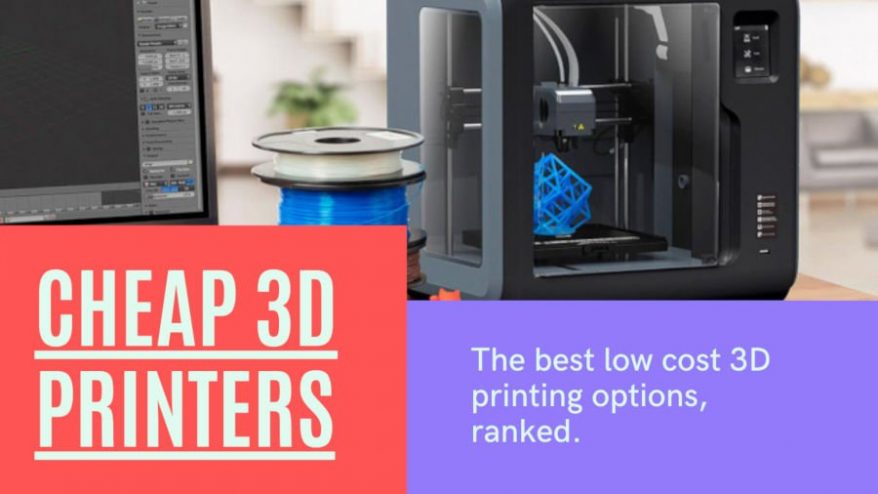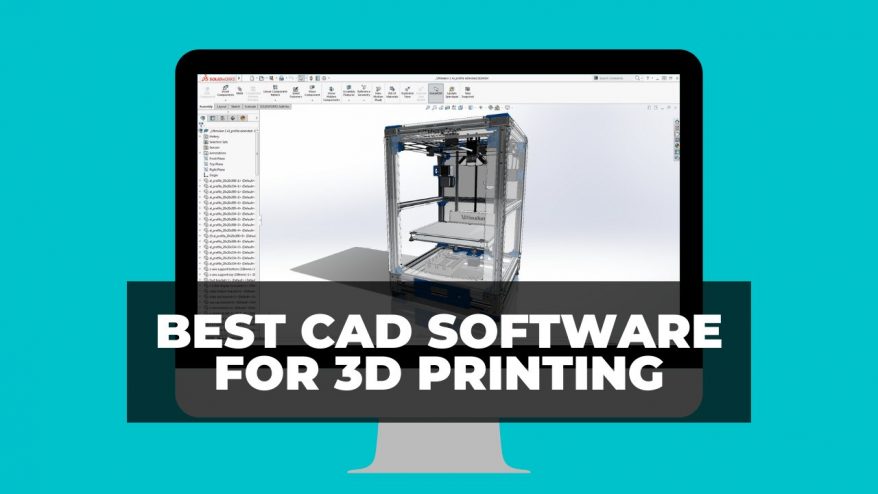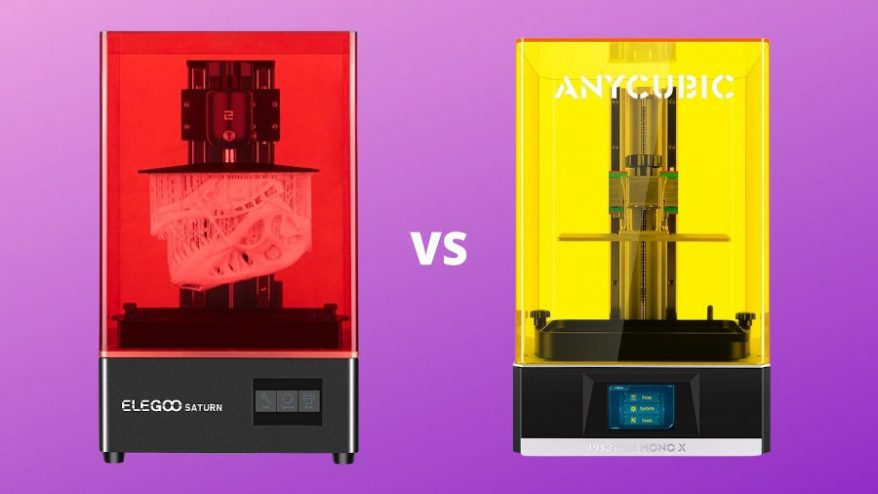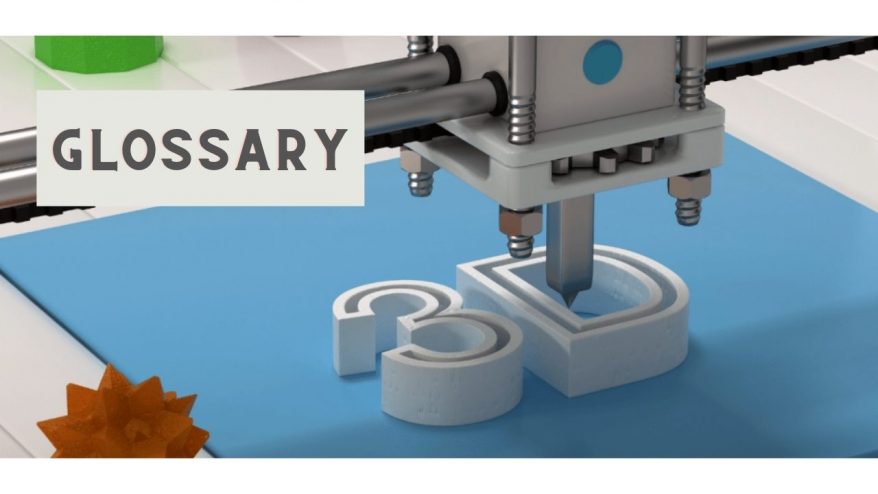
3D Printed Kidneys: How Close Are We?


At 3DSourced we’ve covered everything 3D printing and 3D since 2017. Our team has interviewed the most innovative 3D printing experts, tested and reviewed more than 20 of the most popular 3D printers and 3D scanners to give our honest recommendations, and written more than 500 3D printing guides over the last 5 years.
3D printed kidneys could be the future of organ transplants.
People currently on organ transplant lists cannot rely on public health awareness campaigns. They don’t have time to wait. The availability of healthy, suitable, local organ donors can never be guaranteed. It is impossible to arrange donors in advance.
3D printing technology is moving from an obscure gimmick to smaller 3D printers that people can use in their own homes. As a result, the medical profession is becoming increasingly interested in the possibility of 3D printing human organs, including printable kidneys.
See also: our feature story on 3D bioprinting.
Why we need 3D printed kidneys
Up to September 2020, there were over 100,000 people in the United States waiting for a kidney transplant. On average, each of these individuals will have to wait 3.6 years for a suitable transplant organ.
In the past 10 years, almost 1,000 children in the UK have been waiting for a kidney. Sixteen under 18s die every year before receiving much-needed transplants.
In a utopian future, patients experiencing kidney failure would simply have a 3D printed kidney made for them in hours. The truth, while fascinating, isn’t quite as optimistic as that – yet.
Meanwhile, thousands of people are anxiously waiting for a life-saving kidney. The developments in 3D bioprinting technologies aren’t abstract for them. They are, quite literally, a matter of life and death.
This article covers how 3D printing can be used to create viable human organs, including 3D printed kidneys, and how this bioprinting process works, as well as the likely timescales before this becomes an everyday reality.
3D Printable Kidneys – How Do You Do It?
For those more familiar with plastic toys and homewares, the first question that springs to mind when 3D printed organs are mentioned is “Can you 3D print body parts?!”.
This obvious question is closely followed by “How do you get a 3D printed kidney into someone’s body?”.
3D printing human organs is a complex business. One of the simplest human organs is the bladder, which has only two cell types. A human bladder has already been successfully 3D printed and transplanted, and is showing long-term viability.
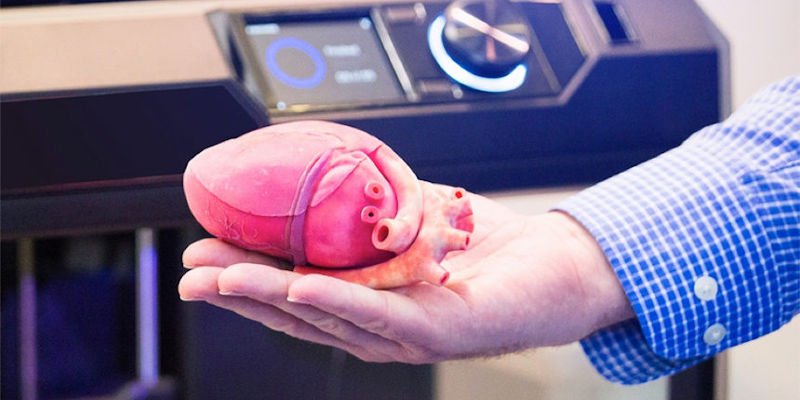
How Long Does It Take to Print a Kidney?
It currently takes two months to grow a 3D printed bladder. However, bladders are very simple organs relatively, with only two cell types.
3D printable kidneys will take significantly longer. They’re far more complex with over twenty types of cells which all have to be reproduced and be able to perform all the kidney’s functions.
A 5 Step Guide To 3D Printing Kidneys
3D printing complex organs currently involves several steps:
- Creating a biodegradable scaffold
- Printing the cells onto the scaffold
- Growing the scaffolded cells on in a microgel
- Ensuring that the microgel provides the right nutrition to create healthy cell tissue
- Implanting the mature organ into a patient.
Scaffolds will degrade naturally shortly after surgery. The patient’s body is able to remove it easily and naturally, along with other waste products.
The advantages of bioprinting kidneys
Biotech firms are currently working on using patients’ own stem cells as the 3D printing material. This avoids the issues associated with the scaffold process of 3D printing organs such as human kidneys.
The use of stem cells doesn’t just remove the challenges associated with the scaffold technique — it also drastically reduces the risk of organ rejection and failure over time.
3D printed kidneys will not be rejected by your body
Physical rejection of a donor organ is one of the leading causes of post-operative death for transplant patients. Stem cell technology can help avoid this.
By using your own body’s cells to print your kidney, you remove the chance of your body rejecting the transplanted organ, as your body would never recognize its own cells as foreign. Not having to take anti-rejection drugs and other complications make for a vast improvement in post-transplant performance.
Stem cells in 3D printing
Stem cells have already been used successfully to 3D print parts of more complex organs, liver and heart tissues. However, these are only small tissues within the organ, rather than the entire functional system.
This should not be seen as a failure. It’s actually a success — a functional prototype — to creating future human organs for transplant.
We can now focus on refining the processes used in the creation of 3D printed skin, body parts, and organs. Eventually, we may even be able to create a 3D printed brain.
Current 3D printed kidney projects
We have already previously written about CollPlant’s work in our 3D bioprinting feature story, as they work towards producing 3D printed lungs that can be transplanted into living patients.
They’re also working on 3D printable kidneys, with a recent CollPlant and United Therapeutics collaboration stating that they’re working on reducing the need for future kidney transplants, expanding from just lungs and also into bioprinted kidneys.
Bioprinted mini kidneys have also been produced, but these are for drug testing rather than with the aim to transplant them into patients.
In Harvard, researchers 3D printed tiny cell walls of proximal tubules from stem cells that form the part of the kidney that reabsorbs nutrients, and directs waste away. These 3D printed parts of the kidney can be used for research and study, though the long-term view is that these technologies could be used for eventual 3D printed kidney transplants.
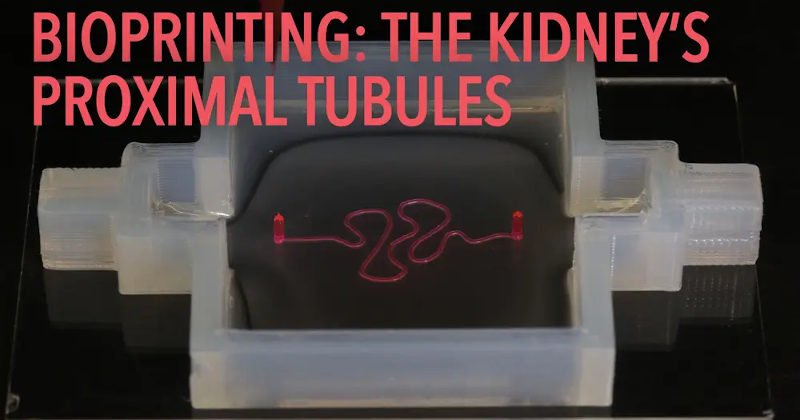
Organ Transplants: An Unmet Public Health Need
Right now, the lack of transplantable organs means many face multi-year waiting times before their life-saving surgery. Most people aren’t even opted in to donate their organs in the event that they die in a car accident or similar situation, with countries such as the UK only recently adopting an opt-out system to increase donation rates.

Even so, just a small number of people will be suitable matches for patients waiting for a transplant.
The challenge for doctors is the presence of suitable, healthy, local donors.
Donors don’t always mean donations
Registered donors don’t always die with their organs intact and healthy. Even the best-matched donor organs carry a risk of rejection.
As well as being very upsetting for the patient and their family, a transplanted organ that is rejected can cause further medical issues. As people receiving organ transplants are already medically vulnerable, they are not always able to survive these other conditions.
Using 3D printing technology to create viable, healthy organs that are tailored to an individual patient, and, eventually, made from the patient’s own stem cells, solves a very real public health need. Not only does this technology ensure there will be organs available for human transplant within a much shorter space of time, it also decreases the risk of post-transplant complications, and transplant rejection.
A future without transplant waiting times?
3D printing could eventually avoid the need for organ transplants at all. As the technology develops and improves, new techniques are identified and developed.
These techniques allow us to move closer to the possibility that we may one day be able to use 3D printing to carry out “running repairs” on human organs. We can already do this with human skin. The process would decrease, and in time perhaps even entirely remove, the need for organ transplants.
We have already 3D printed a range of organs, including miniature hearts and lungs. We know the technology works. The challenge now is how quickly it can be safely developed and scaled.
Maximizing the advantages of 3D printing offers medical advances that will radically change the face of healthcare.
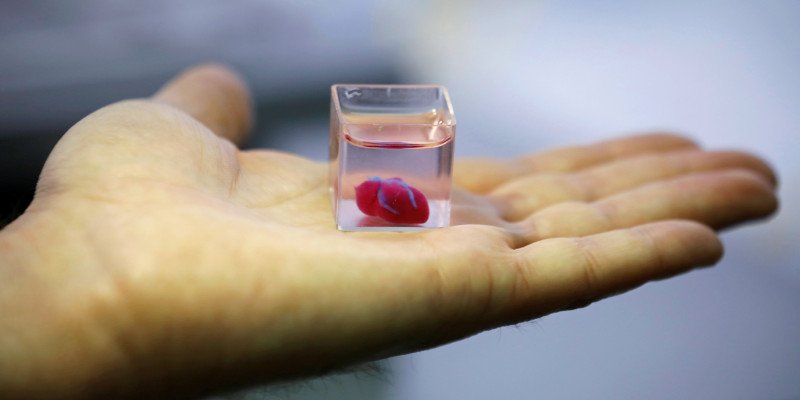
What do 3D printed kidneys look like?
Getting up close and personal with 3D kidneys is an opportunity few of us will have.
There’s a lot of interest in the technology of 3D bioprinting.
Surgeons and kidney patients are keenly watching developments in this field. Futurists, and anyone who is concerned with questions of human health and medical ethics, will also find value in the progress of 3D printing organs.
How long until we have 3D printed kidneys for transplant?
It is likely to be at least 50 years before 3D printed kidneys are widely available.
Developments in 3D printing for the medical sphere are still in the early stages. This doesn’t make them any less exciting or promising, however.
An emerging area of bio-printing is the development of ‘kidney-on-a-chip’ platforms. These are important ‘stepping stones’ towards being able to 3D print full, functional kidneys.
Challenges to 3D printed kidneys
Difficulties in 3D bioprinting include not only practical challenges, but also ethical concerns.
We have some way to go before transplant patients can look forward to the day when they’ll be told exactly when they will have a new, 3D printed kidney.
One day, transplant list patients will know, to the hour, when they’ll receive their 3D printed organ. There will also be the prospect of knowing how long the transplant will last.

3D printed kidneys: a new medical frontier
Though in its infancy, we do have the technology, that with a lot of refining and improvement, should be able to 3D print viable human kidneys. We know from previous research creating liver tissues, bladders, and skin grafts, that 3D printing living cells into tissues is possible and can be done on a small scale.
Now, we need to improve it to be able to create entire organs, rather than just miniature versions or tissues that form a small part of the organ.
The next question
We no longer need to ask if working 3D organs are possible.
It is now a case of when a sustainable 3D printed kidney will be available.







